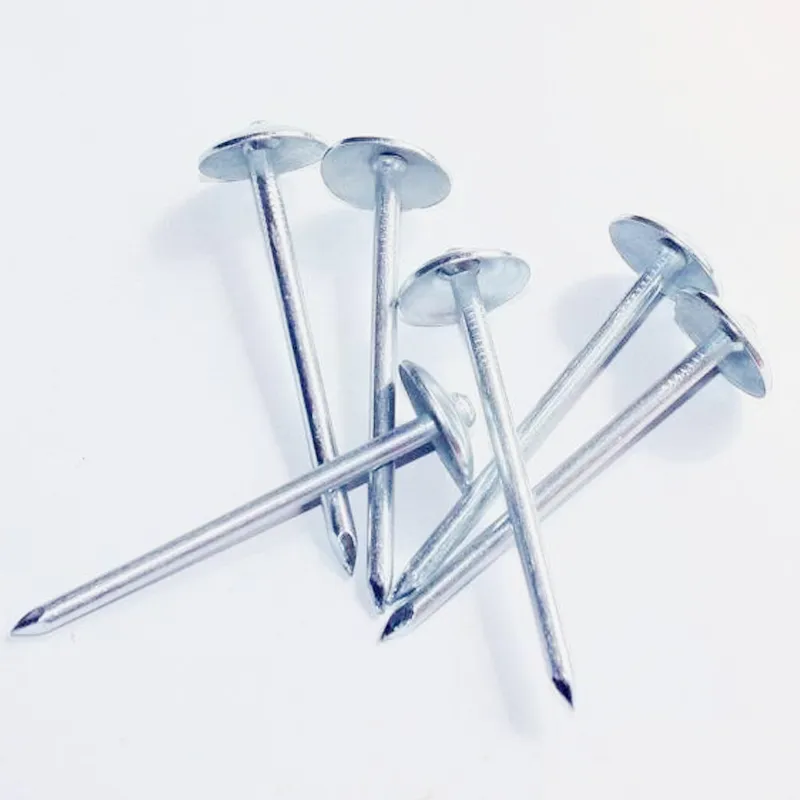Woven Screening An Innovative Approach to Sustainable Materials and Design
In recent years, the demand for environmentally friendly materials has surged as industries seek to reduce their carbon footprints and embrace sustainable practices. One innovative solution emerging in this landscape is woven screening, a versatile material that combines functionality, aesthetics, and eco-friendliness. This article explores the concept of woven screening, its applications, and its benefits, while also addressing its role in sustainable design.
Understanding Woven Screening
Woven screening refers to a type of screen made from interlaced fibers or threads, which can be composed of various materials, including natural fibers like hemp, jute, and cotton, as well as synthetic options such as polyester and polypropylene. The weaving process allows for various patterns, textures, and densities, making woven screening adaptable to different needs and environments.
The unique properties of woven screening, such as durability, flexibility, and breathability, make it an ideal choice for a multitude of applications. From architectural elements in buildings to decorative features in gardens, woven screening provides both functional and aesthetic benefits.
Applications of Woven Screening
1. Architectural Screens In contemporary architecture, woven screening is often employed to create visually appealing facades and partitions. These screens offer privacy while allowing natural light to filter through, enhancing indoor spaces while reducing the need for artificial lighting. Moreover, they can be designed to respond to climatic conditions, promoting energy efficiency in buildings.
2. Landscaping Solutions Woven screening is also widely used in landscaping projects, serving as a natural barrier for gardens and backyards. Gardeners can use it to demarcate spaces, preventing weed growth while supporting plant growth by allowing air and sunlight to penetrate. Additionally, woven screens can provide vertical gardening opportunities, allowing for creative plant arrangements and promoting biodiversity.
3. Acoustic Panels In interior design, woven screening can function as an acoustic panel to dampen sound in open spaces. By strategically placing these panels, designers can create environments that minimize noise pollution, making them ideal for offices, restaurants, and public spaces.
woven screening

4. Furniture Design Designers have also begun to incorporate woven screening into furniture design. Chairs, tables, and other furnishings can feature woven elements that not only add aesthetic value but also enhance comfort and usability. The natural texture of woven materials can create striking contrasts with modern, minimalist designs.
Benefits of Woven Screening
1. Sustainability One of the most significant advantages of woven screening is its potential for sustainability. Many woven materials can be sourced from renewable resources, and the production processes often have a lower environmental impact compared to traditional construction materials. For example, natural fibers are biodegradable, reducing long-term waste, and some synthetic options can be recyclable.
2. Customizability Woven screening can be tailored to meet specific design needs and preferences. With a variety of materials, colors, and weaves available, designers can create unique solutions that align with their vision and function effectively within given spaces.
3. Enhanced Aesthetics The tactile nature of woven textures adds warmth and character to spaces, often creating a cozy and inviting atmosphere. The interplay of light and shadow through woven patterns can create dynamic visual effects, enhancing the overall aesthetic appeal of a space.
4. Versatility Woven screening's adaptability makes it suitable for various settings, from residential to commercial applications. Its ability to blend with multiple design styles, whether rustic or modern, further cements its role as a staple in contemporary design.
Conclusion
As the world continues to grapple with pressing environmental challenges, woven screening represents a beacon of innovation in the realms of design and sustainability. By integrating woven screening into diverse applications, we can promote eco-friendly practices while enhancing the beauty and functionality of our built environments. As architects, designers, and consumers increasingly prioritize sustainability, woven screening stands as a testament to the possibilities of marrying aesthetics with environmental responsibility. Embracing this material not only paves the way for a greener future but also enriches our living spaces in creative and meaningful ways.

















